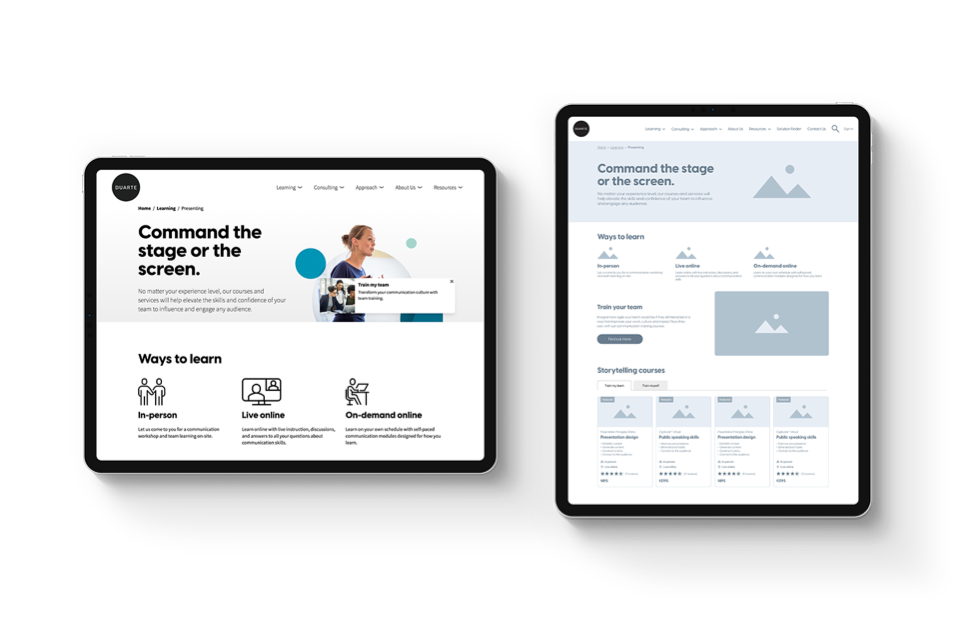
Duarte have helped bring life to some of the world’s greatest presentations, working with the likes of Apple, Adobe, and Microsoft, just to name a few. During lockdown they ventured out into online learning, something that was playing an increasingly large role within their business. With this in mind Duarte decided to completely reimagine their website and user journey.
The goal of this project was to create a journey for both learning and consulting users all under one roof. Duarte also wanted a ‘living and breathing site’. Our role in the project was to conduct user research, run user tests and create wireframes that took learnings from the discovery process to create game-changing new website features.
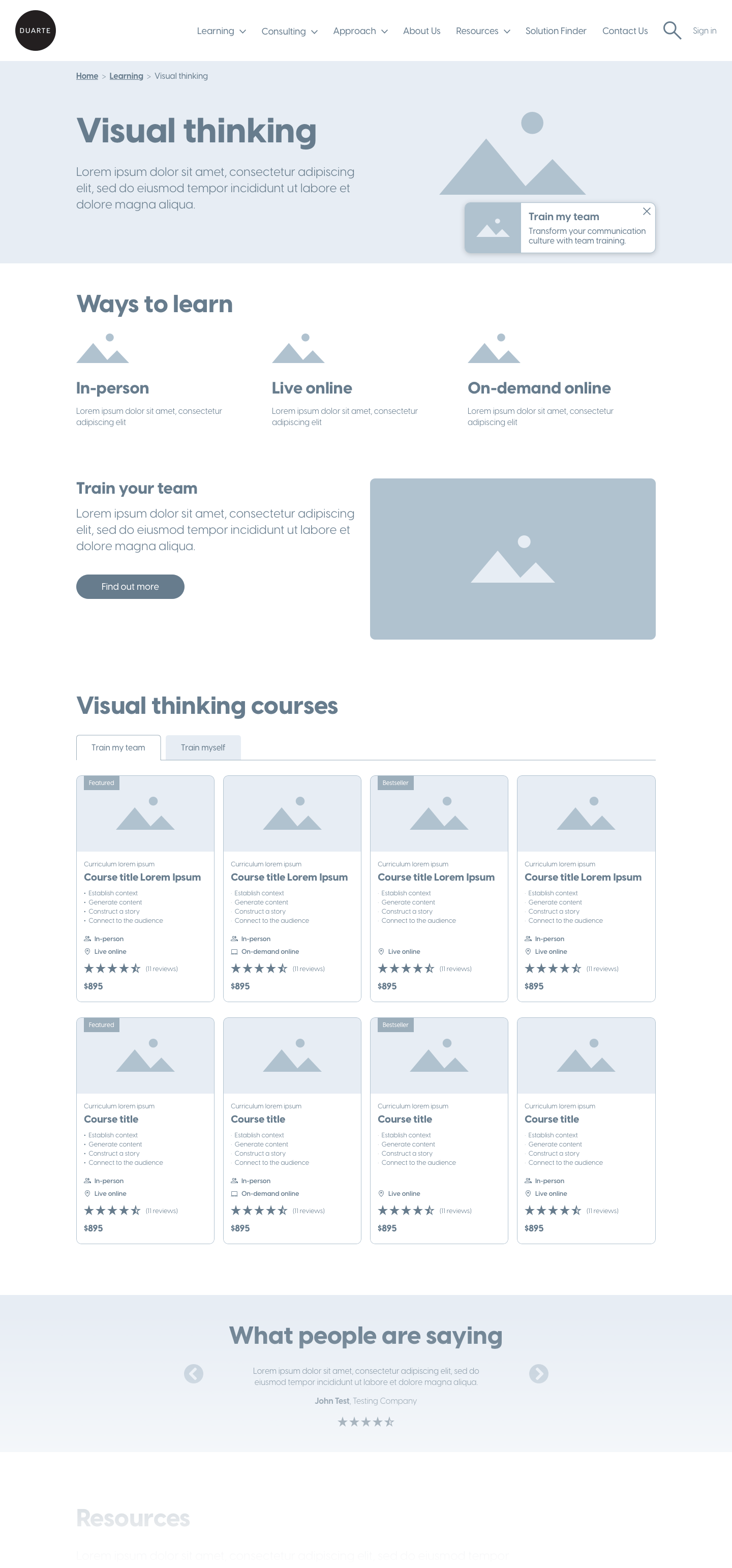
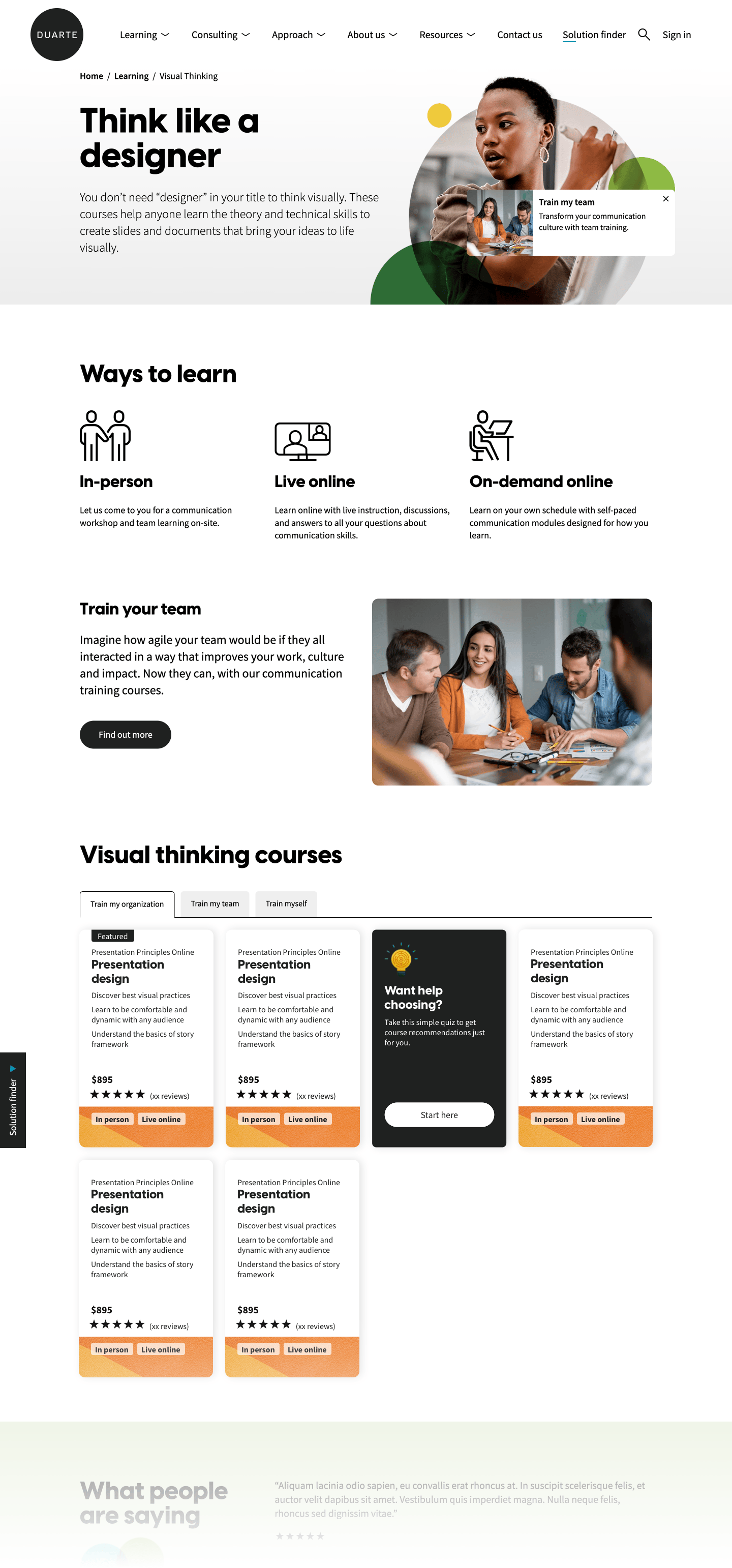
User testing objectives
- Understand what steps a user takes to enquire about a service, how much information they need and what pain points they experience along the way
- Understand what steps a user takes to enrol in a course, how much information they need and what pain points they experience along the way
- Identify what’s working well on competitor sites and how we can improve our journey based on this information
- Discover the language and terminologies that users understand and relate to
- Through user pain points discover potential new website features that improve the overall user experience
- Gain insight into a way that we can effectively consolidate information
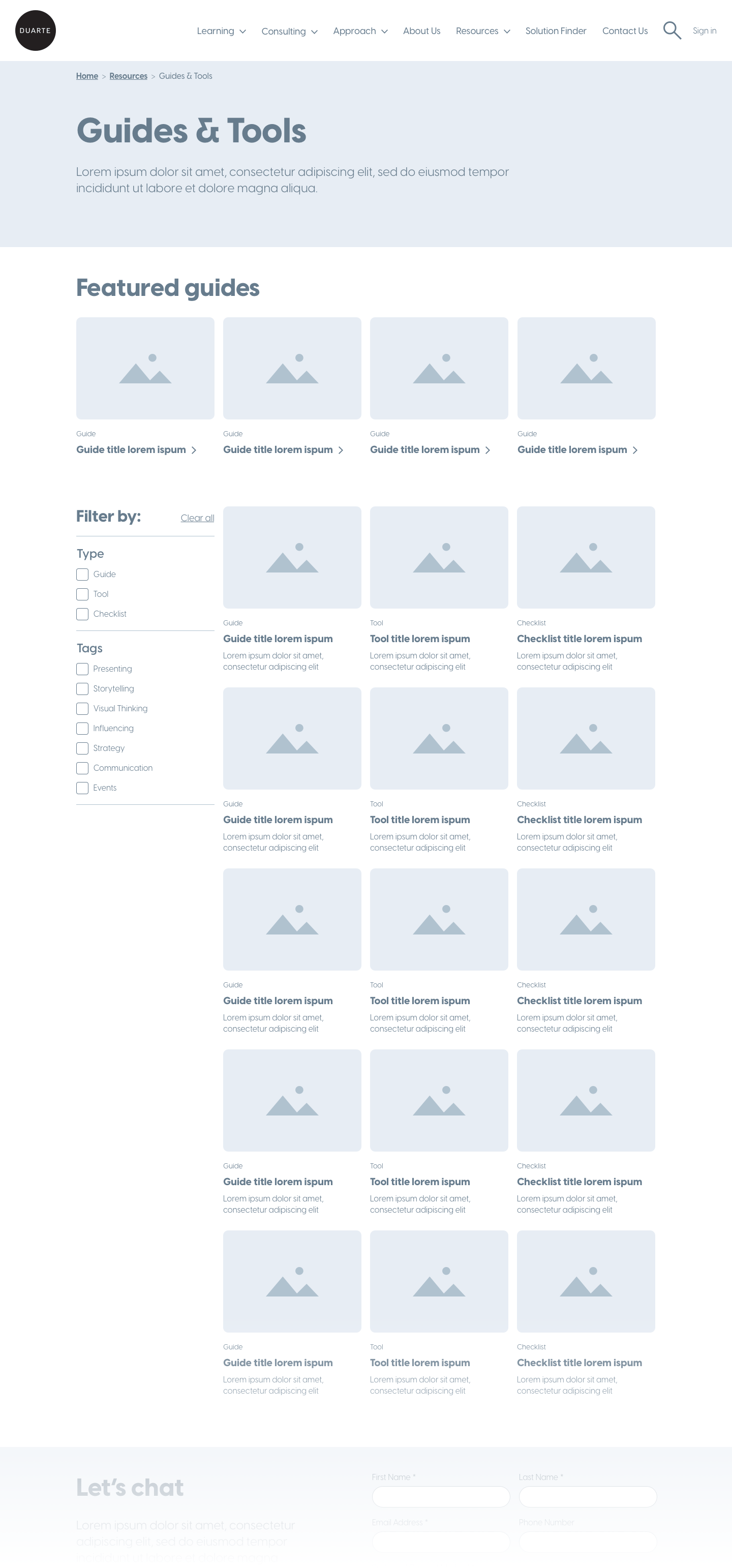
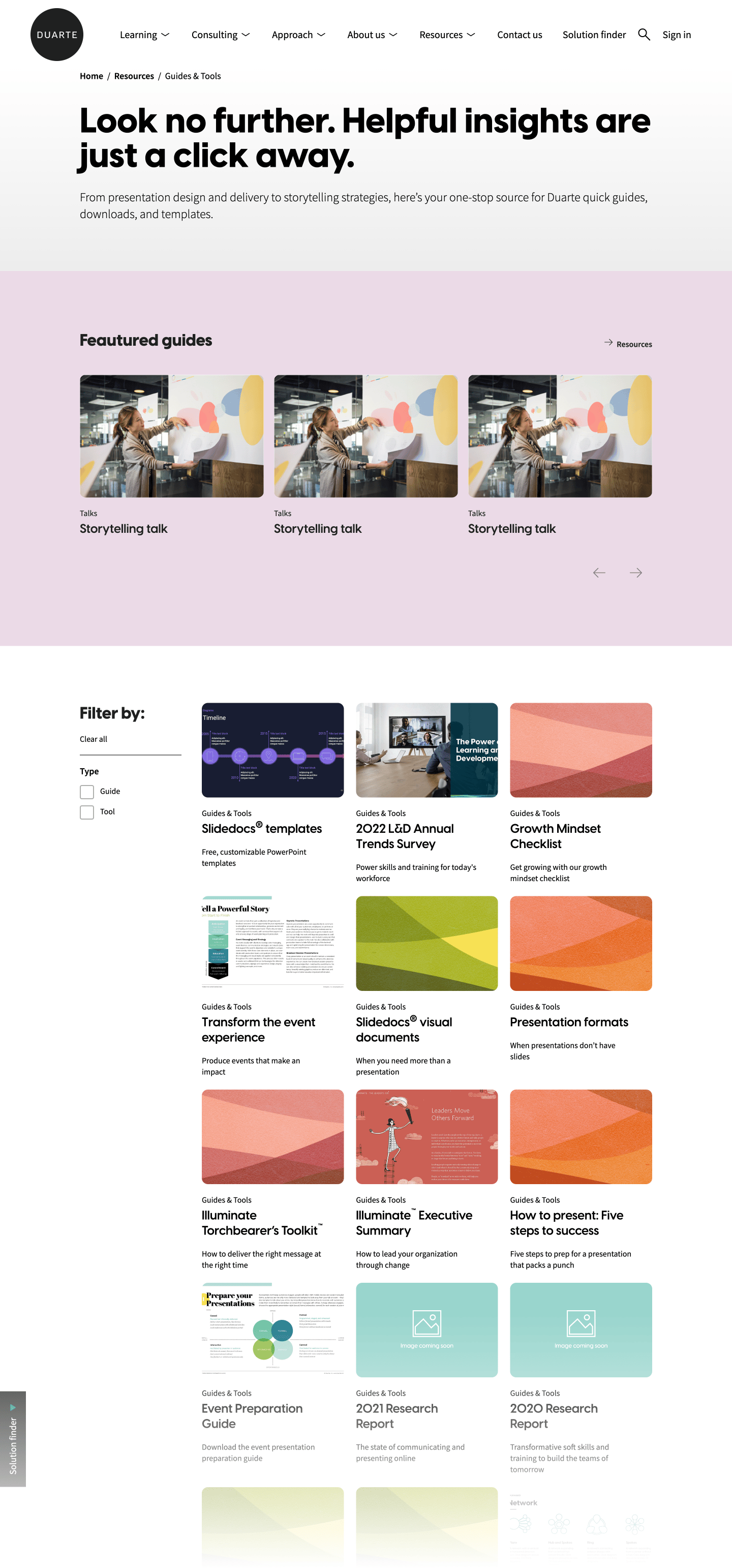
Tree testing
The tree testing results uncovered some issues with current categorisation and titles.
- Services performed poorly on the tree testing – a total success rate of below 70% for nearly all tasks related to Services.
- Training performed well – most users correctly located Training items. Many Services items were placed under Training, which could be an argument for consolidating the number of parent categories.
- Resources had an average performance with has a success rate of below 70% but was correctly located by most, even if it was indirectly via another parent nav item.
- Solutions seemed to be quite vague. Users placed items from service, training and showcase under here. It seems like the term could be applicable to all.
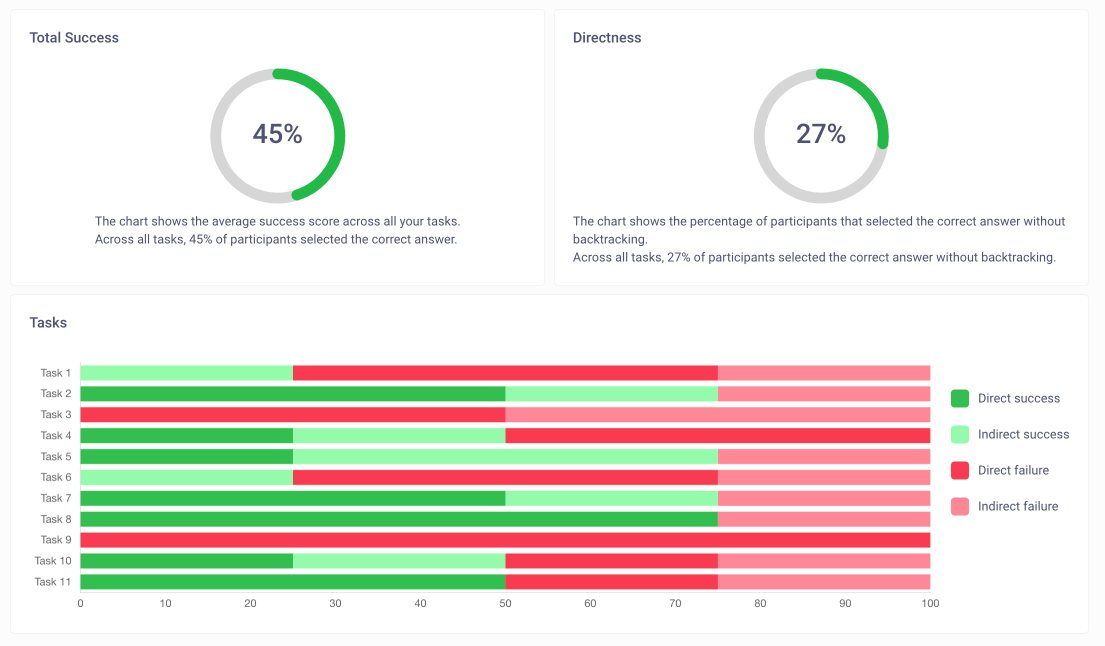
Card sorting
From the card sorting results we identified further issues with current categoriaation and titles. Our solution is to consolidate and streamline the existing categories to avoid a top-level choice paralysis. A mega-nav would also be a way to consolidate categories in a simpler way.
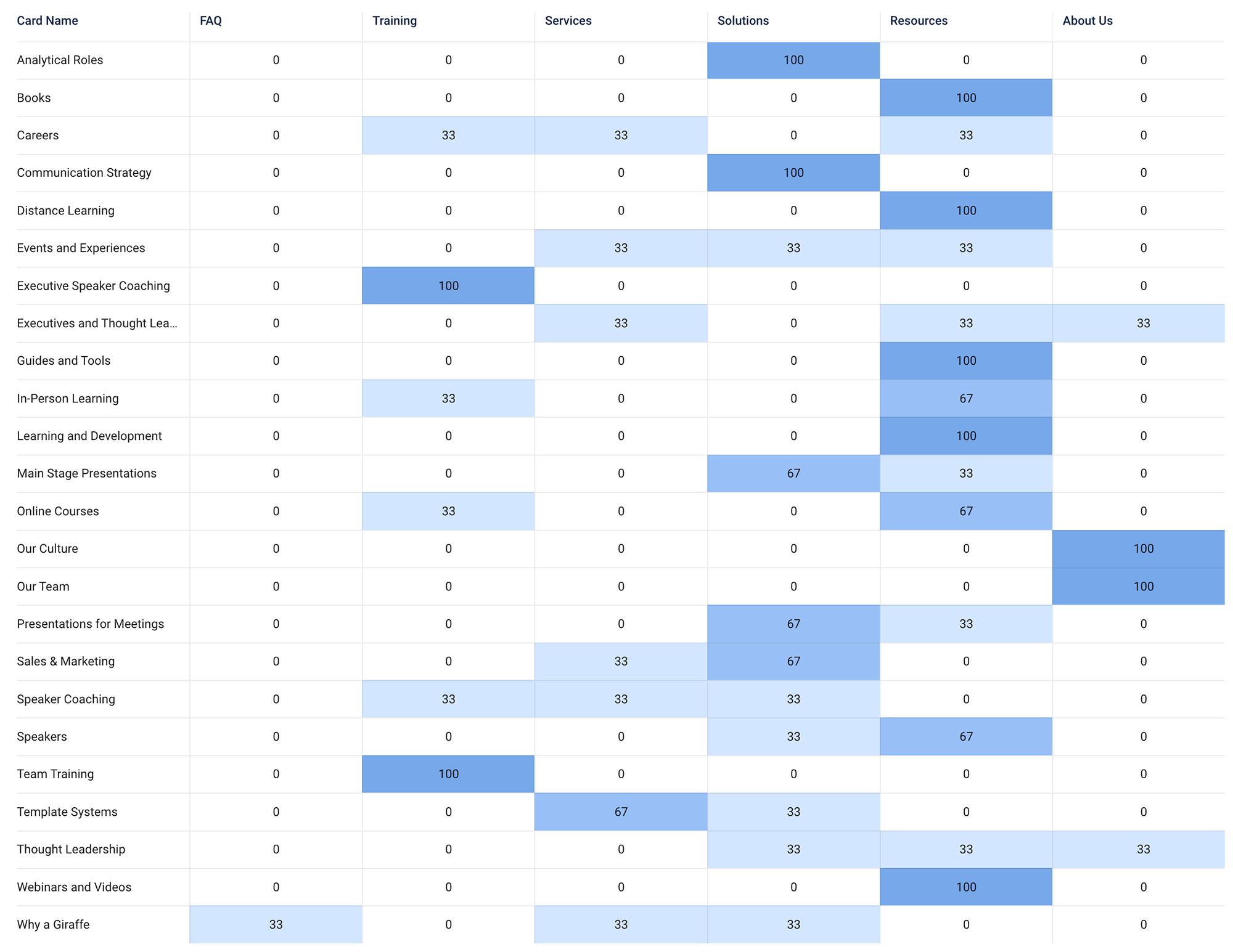
Site mapping
We created a new site map that would remove unnecessary items in favour or more useful ones.
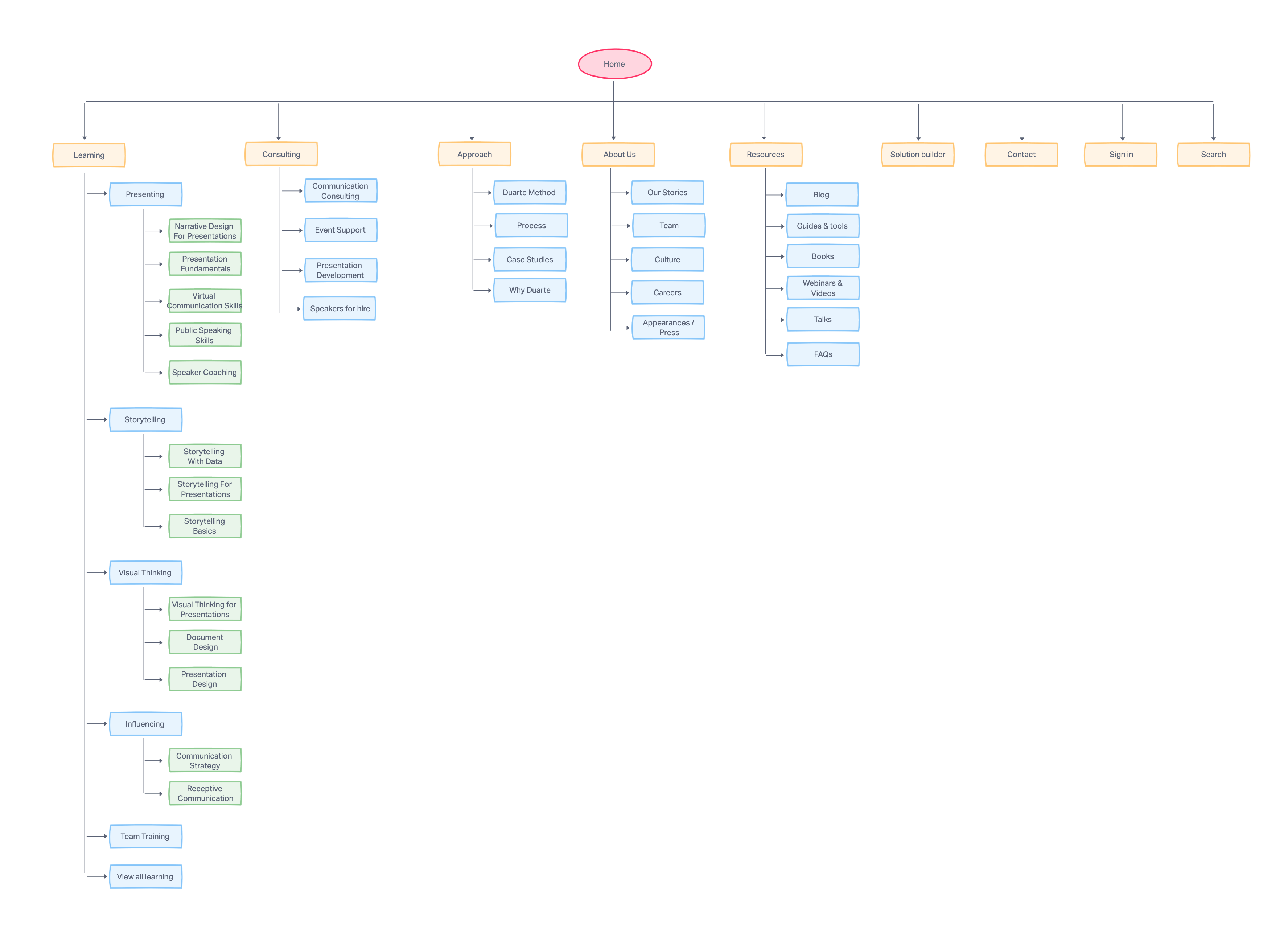
Unmoderated testing
Our participants provided valuable feedback while speaking their thoughts out loud and sharing their screens. We monitored users on the current site and two competitor sites.
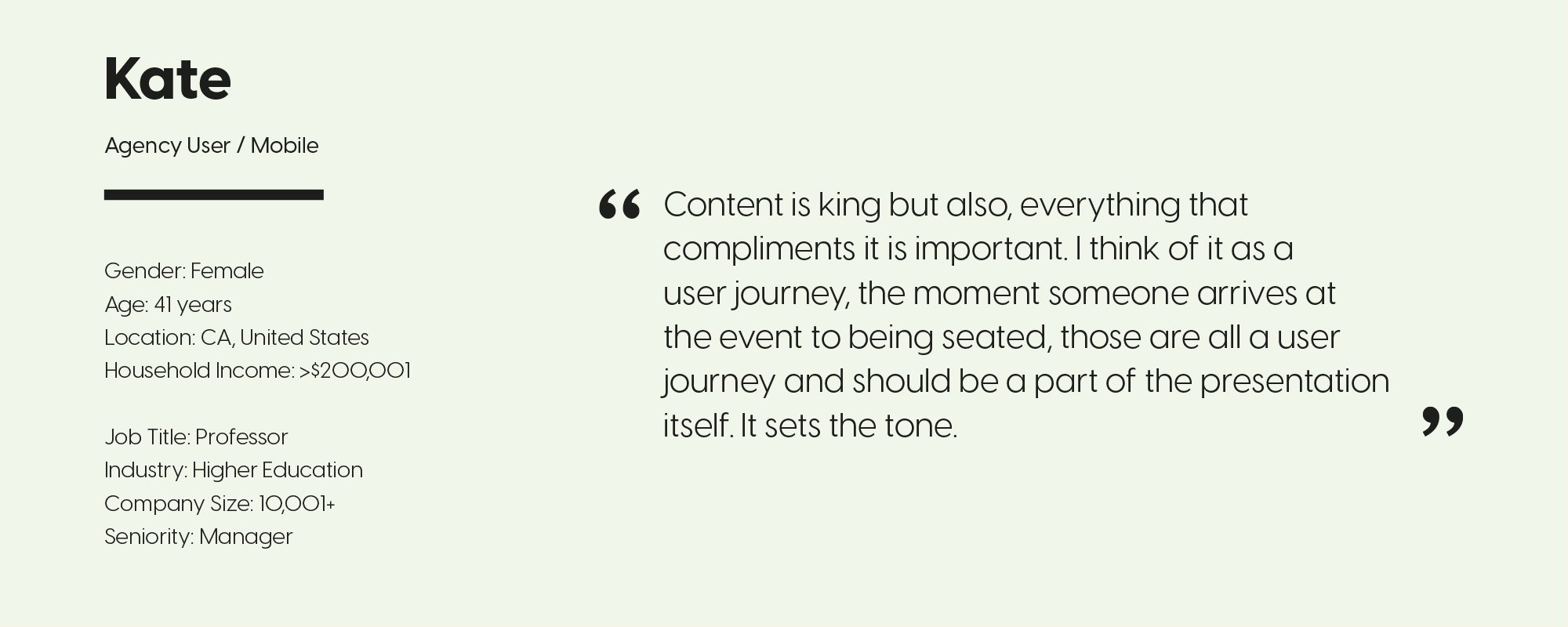
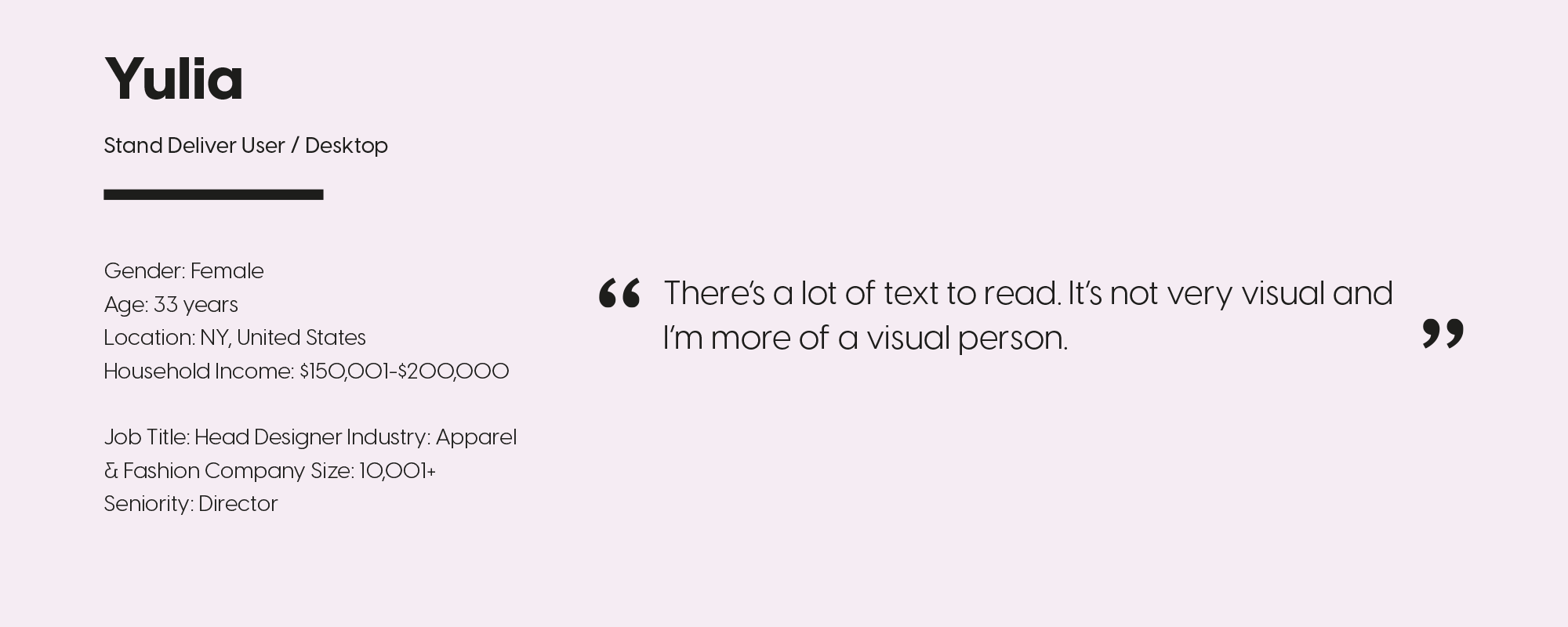
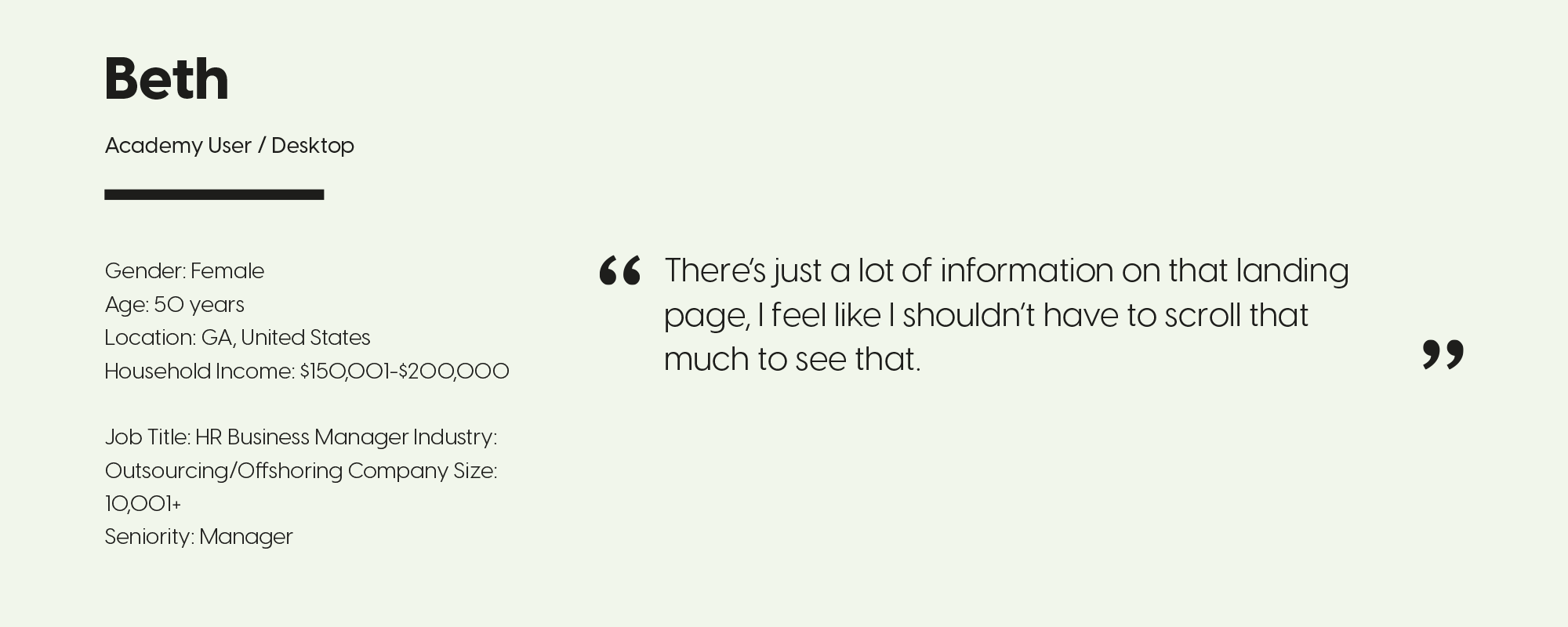
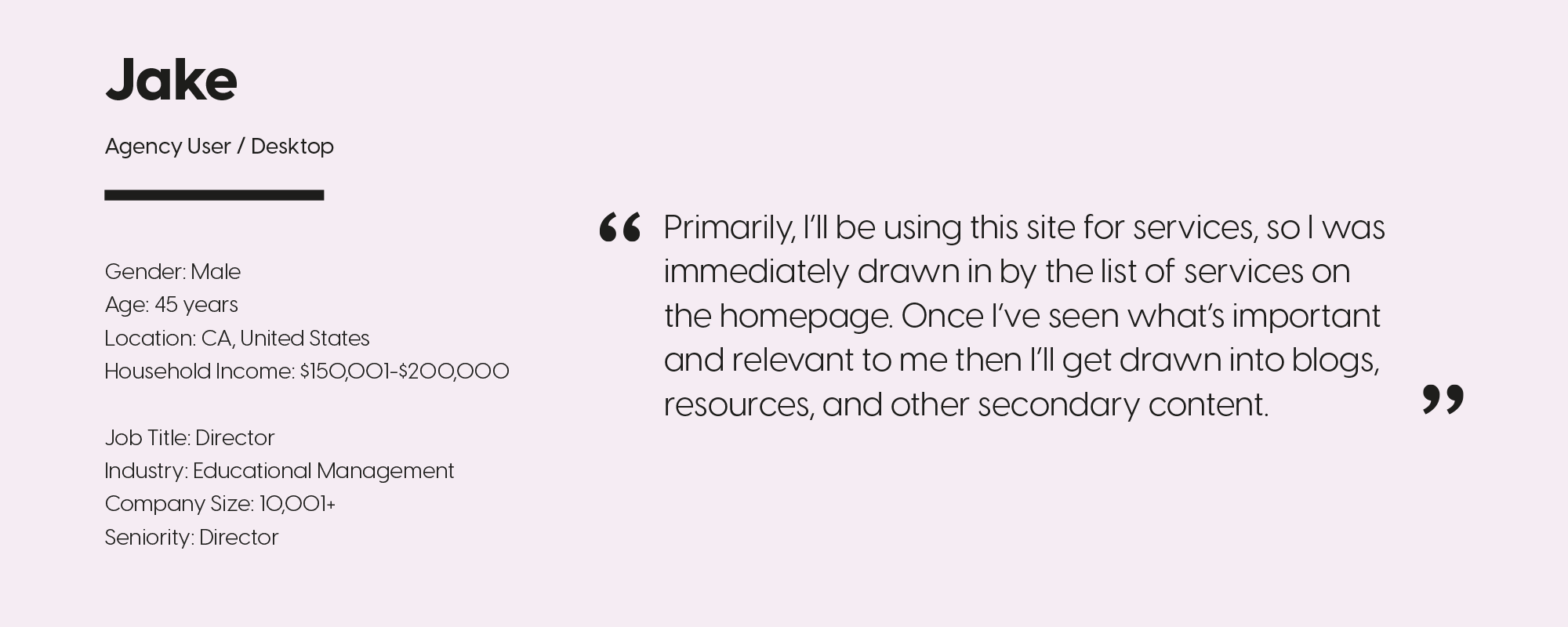
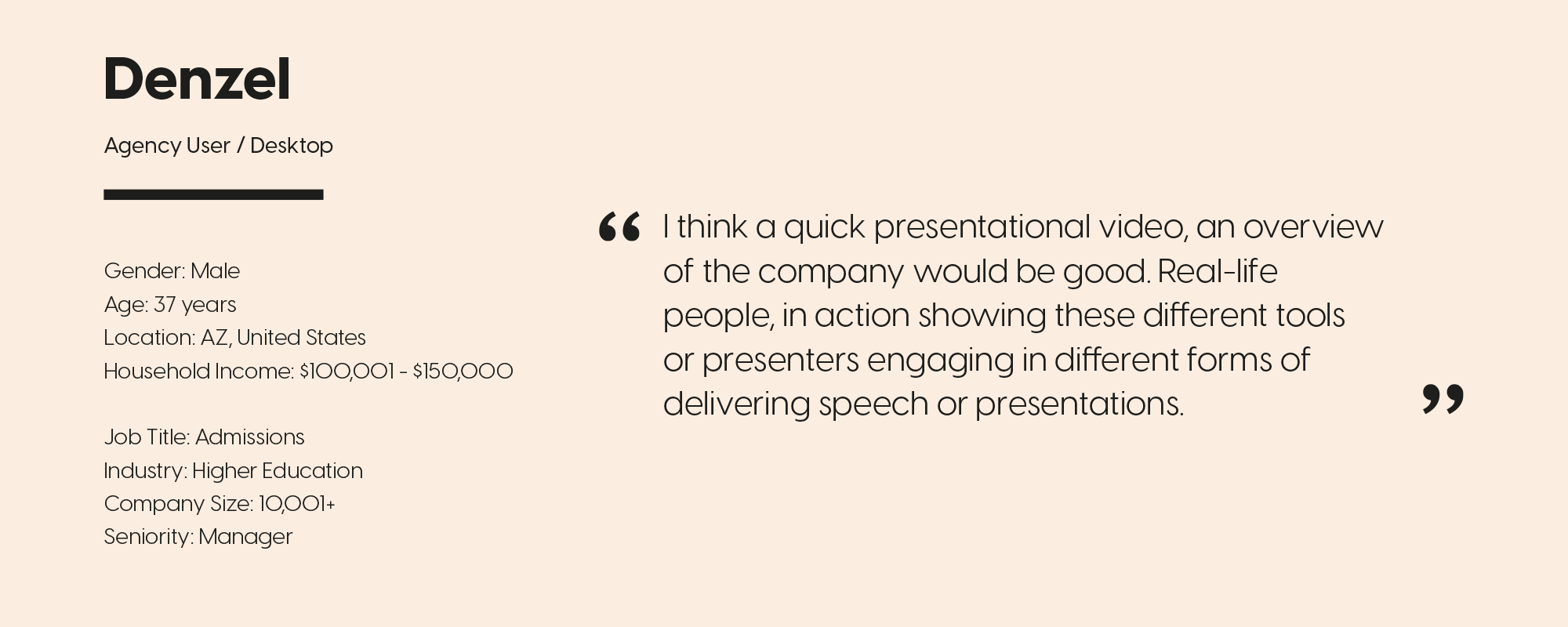
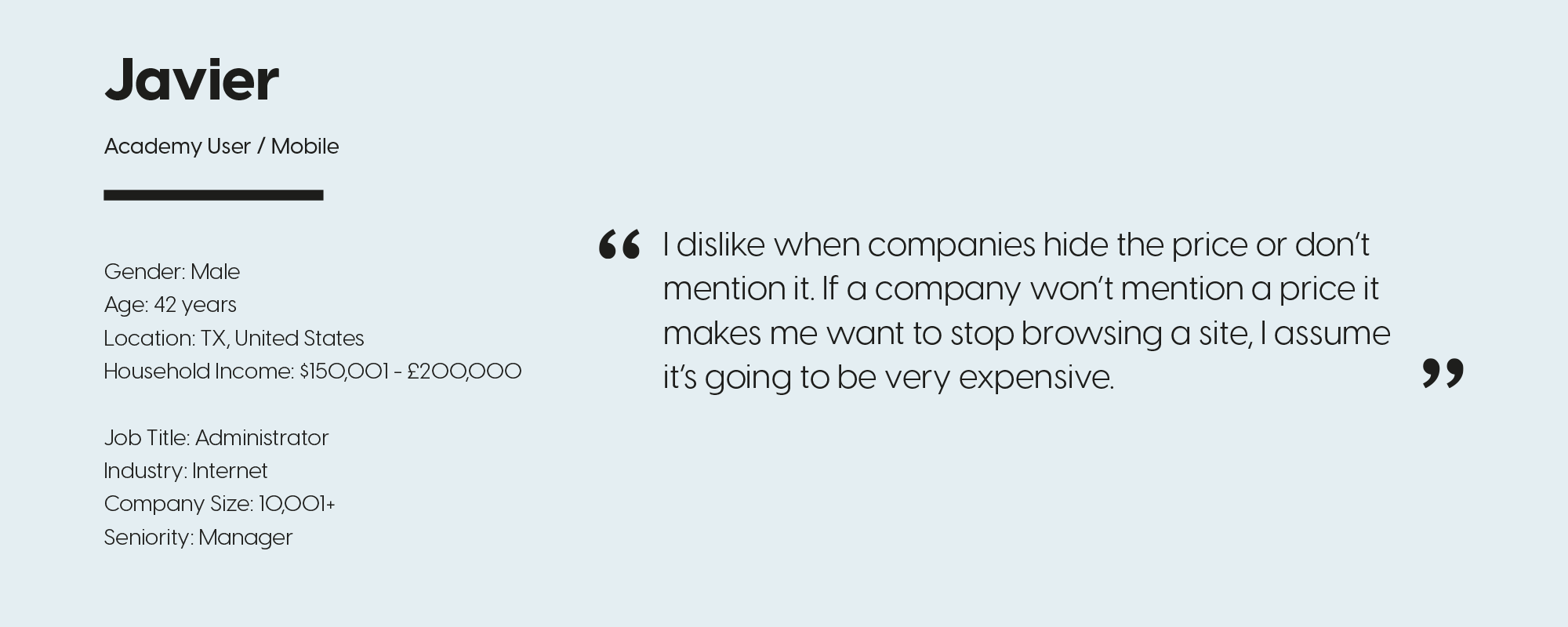
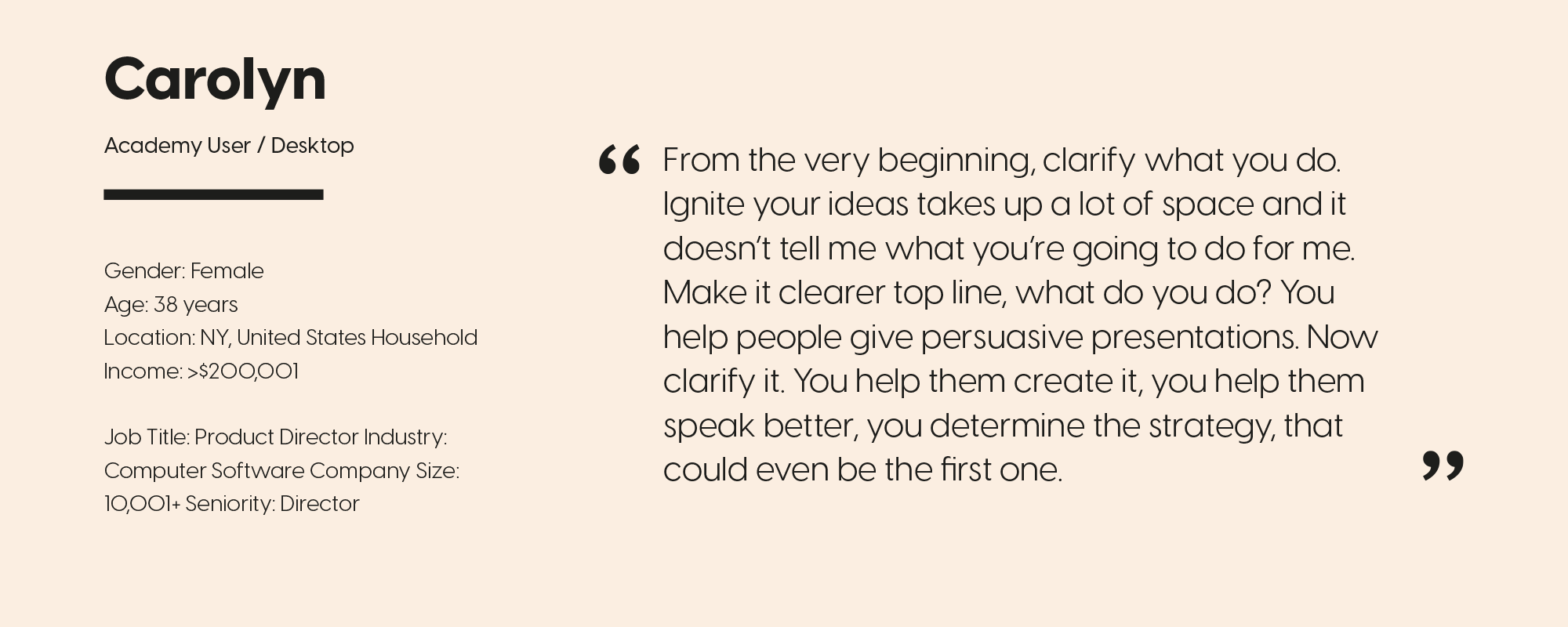
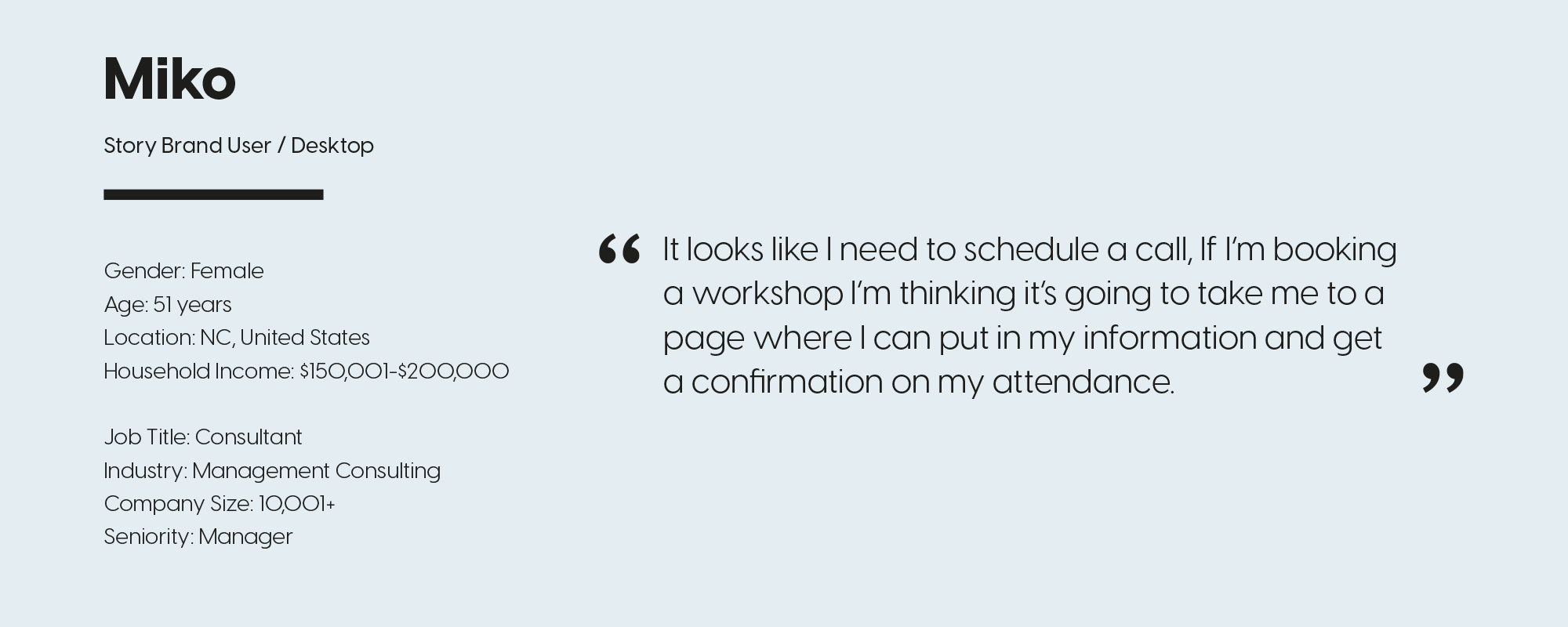
Solutions
We proposed several solutions based off the findings in the discovery process:
Mega-nav: After successfully consolidating the number of pages on the site we were still left with a relatively large site. Implementing a mega-nav enabled us to make use of wasted space and add sub-category links that would provide context and get users to their desired page a lot quicker. It also created additional space to include promo pods that could be regularly updated with relevant content, something that helps create the feeling of a ‘living and breathing’ site, as requested by the client.
Solution Finder: Users seemed to look for a tool that lets us do the heavy lifting for them based off their needs. I mocked up what we decided to call the ‘solution finder’, a tool that can direct the user to a bespoke set of courses and other helpful materials.
Other solutions include:
- Page hierarchy: We needed to create a familiar and easily scannable page hierarchy across each page to help the user navigate the site faster.
- Improved footer: Testing on a competitor website we found that the user was relying a lot on the footer to navigate the site. It’s not limited to height as there is nothing below it, so it makes sense to utilise this space as a secondary mega-nav.
- Guiding the user at every stage: We learnt from a competitor site test that repeating important information throughout the site or page is a massive help in guidance. It serves as a constant reminder; we’re saying to the user that ‘this is important information!’, or ‘this is what you need to do!’.